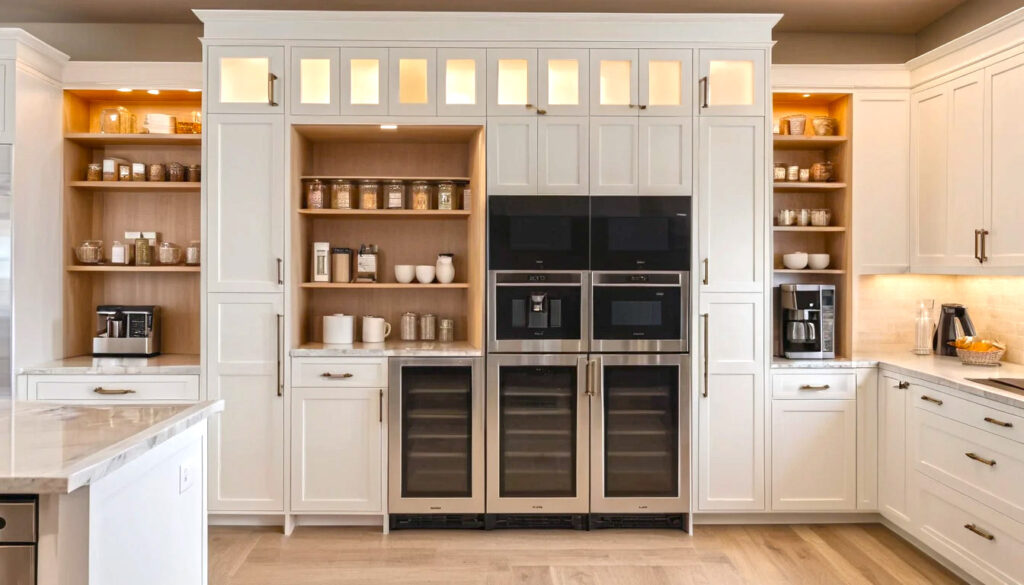Now Reading: Fire and Safety Tips for the Home: Safety Guide Now
-
01
Fire and Safety Tips for the Home: Safety Guide Now
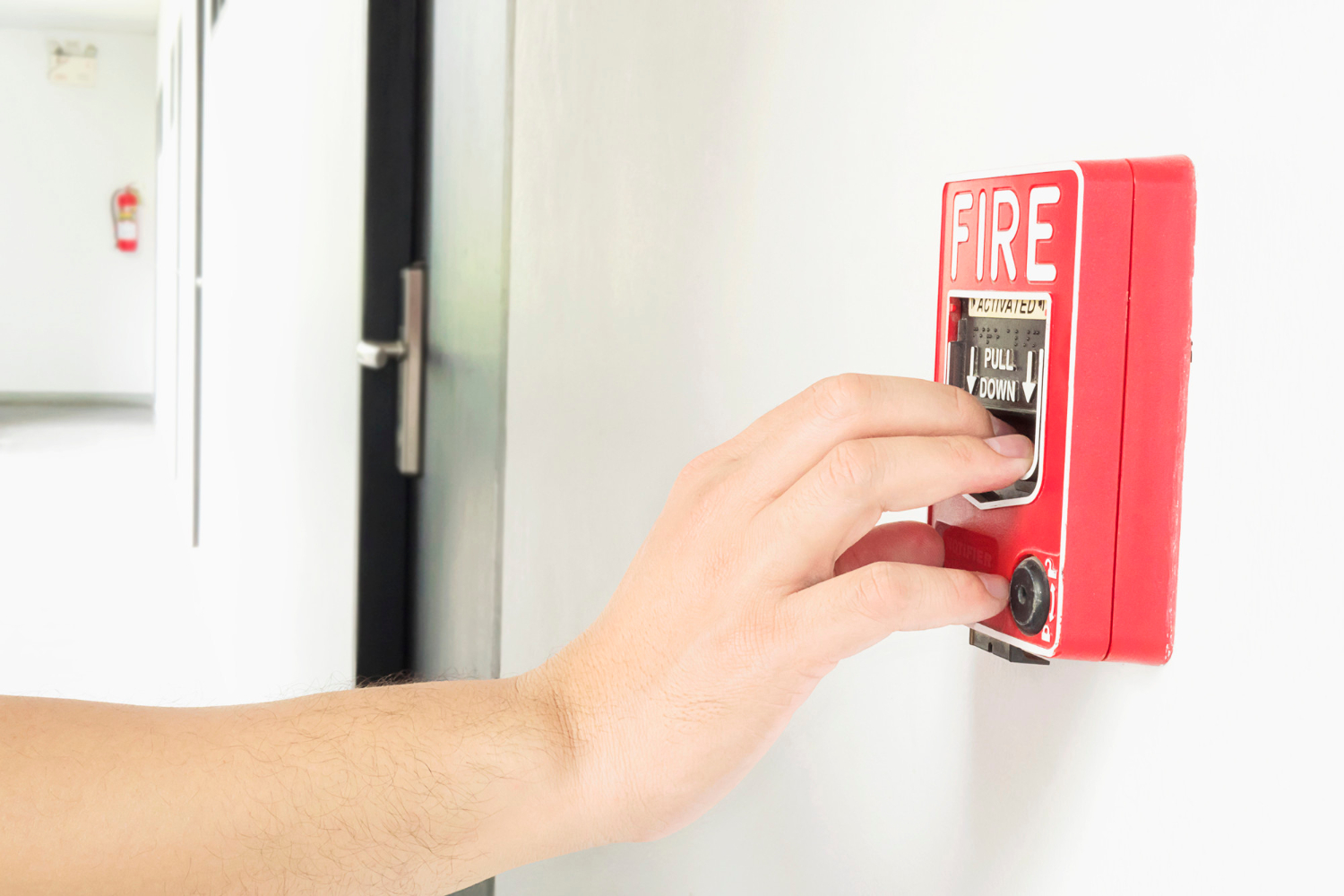
Fire and Safety Tips for the Home: Safety Guide Now
If you’re like me, you love curling up by the fireplace or lighting a candle to set the mood. But here’s the thing: one little spark can turn your cozy evening into a five-alarm fiasco. In this article, I’ll walk you through Fire and safety tips for the home—with enough humor, some real-life oops-moments, and a firm dose of reality—to help you sleep soundly, not with one eye open watching for smoke.
I’ll use the phrase Fire and safety tips for the home eight times (yes, I’m that committed) while weaving in essential fire safety wisdom, fire prevention strategies, and the kind of real-world lessons you only learn when you nearly singe your eyebrows. Let’s break this down.
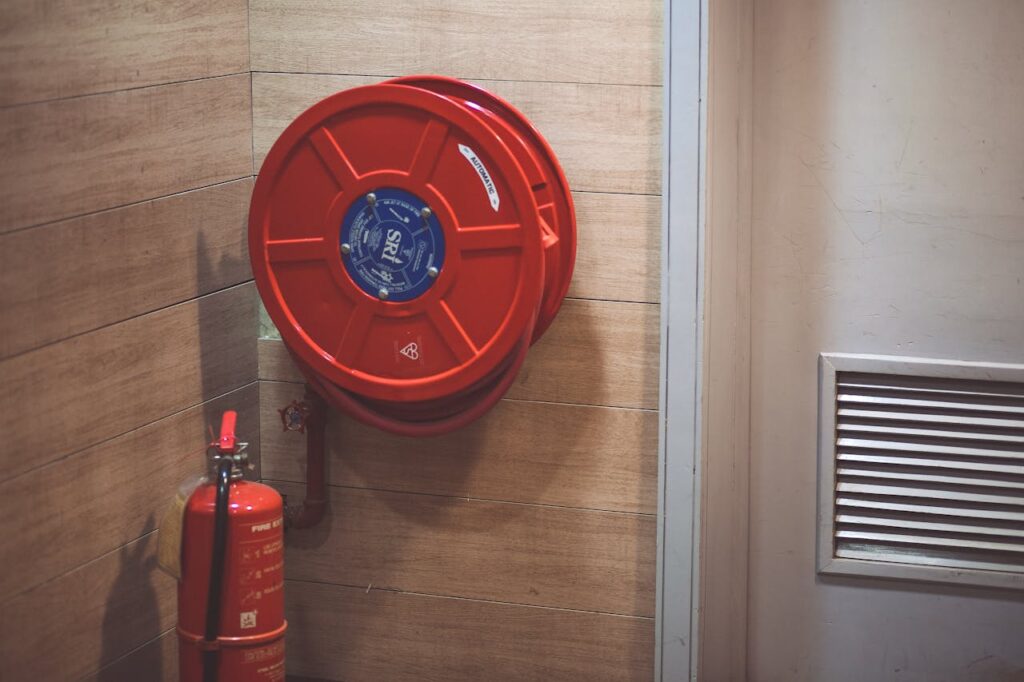
Why we care: the stakes of fire dangers in homes
When you think “home fire,” you probably imagine dramatic flames and firefighters storming through windows. But many fires start small—an unattended candle, an overloaded outlet, or a greasy stove top. That’s where Fire and safety tips for the home shine: they spot hazards before they become full-blown infernos.
Real life: My buddy Ravi once left a towel too close to his stove top. A bit of cooking oil splashed, ignited, and he ended up running out, in socks, screaming “Fire!” into the night. Thankfully, the fire was small and he had a rechargeable fire extinguisher. Lesson learned: never underestimate grease + flame combos.
Fire and safety tips for the home — basic foundations
1. Install smoke alarms and carbon monoxide alarms
This is fire safety 101. Everyone’s heard it. Yet so many homes skip it. According to the National Fire Protection Association (NFPA), having working smoke alarms cuts your chance of dying in a house fire nearly in half.
- Place alarms in bedrooms, hallways, and near kitchens.
- Test smoke alarms monthly.
- Replace every 10 years (or per manufacturer’s instructions).
- Don’t forget carbon monoxide alarms, especially if you have fuel-burning appliances.
It’s a small bit of work—and could make the difference between a safe evacuation and tragedy.
2. Know your fire escape (emergency evacuation)
You don’t leave movie theaters without exits; do the same in your home. Create a fire escape plan—a map showing two exit routes from each room. Practice it with your family (or yourself if you’re feeling lonely). Keep flashlights handy, and maybe a little joke like “if you see the cat, don’t chase—just go.” That light-hearted line might reduce panic.
Your evacuation plan should account for windows, balconies, or ladders (for upper floors). Don’t block your escape with furniture or clutter.
Fun (but serious) memory: I once crawled under thick smoke (in a drill), found the exit, and punched the door open dramatically. My spouse said, “Dude, nice move—Oscar-worthy.” But the point is, practicing helped. In a real fire, your reflexes will be sharper than your Instagram poses.
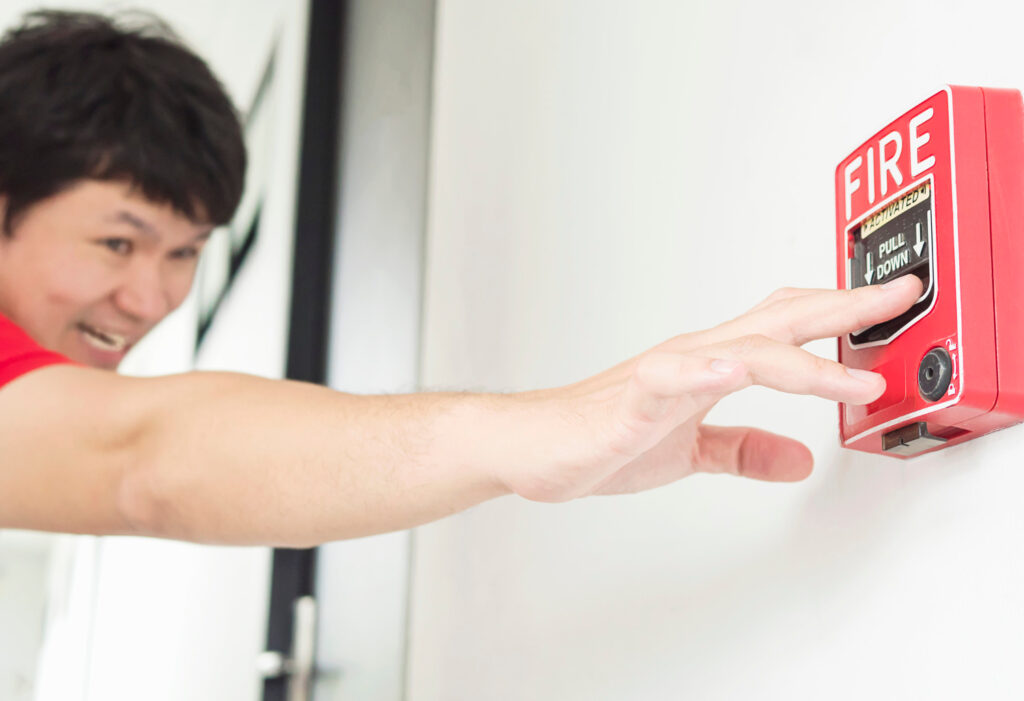
Fire and safety tips for the home — tackling hazards head-on
3. Monitor cooking (stove, stove top, cooking hazards)
Cooking is the top cause of home fires. A pan left unattended, grease that overheats, or flammable items near the stove can all lead to disaster.
- Stay in the kitchen while using stove top.
- Keep towels, paper, curtains away from open flame.
- Use a timer—if your brain forgets, let a buzzer remind you.
- Clean your stove top regularly to avoid buildup of grease (a serious fire hazard).
One time, my aunt tried flambeing bananas for dessert and got a little too flamboyant. The flame briefly jumped into her hair (yikes). Luckily she had a pan lid handy to smother it. Moral: cooking is art—don’t let art get dangerous.
4. Candle and lantern caution
Candles and decorative lanterns are cozy until they’re not. An errant breeze or a curious kid or pet can knock them over.
- Use non-tip candle holders.
- Place them on stable surfaces, away from flammable items.
- Consider flame less or electric candles.
- Never leave burning candles unattended.
Lesson: in college I lit a scented candle and left for class. When I returned, the curtain had caught fire. I slapped it out (super human reflexes, maybe), but I vowed: no more candles without supervision.
5. Electrical safety and appliance smokes
Electric appliances, wires, chargers—they all carry risk.
- Inspect cords for frays or damage.
- Don’t overload outlets or power strips.
- Use devices with safety certification marks (UL, CSA, or local equivalents).
- Unplug unused appliances.
- If an appliance smokes or sparks, shut it off immediately and unplug.
I once plugged five things into one power strip—my phone, fan, lamp, heater, and a charger. Poof. The strip smoked and tripped the breaker. Embarrassing, but a powerful reminder about electrical product safety.
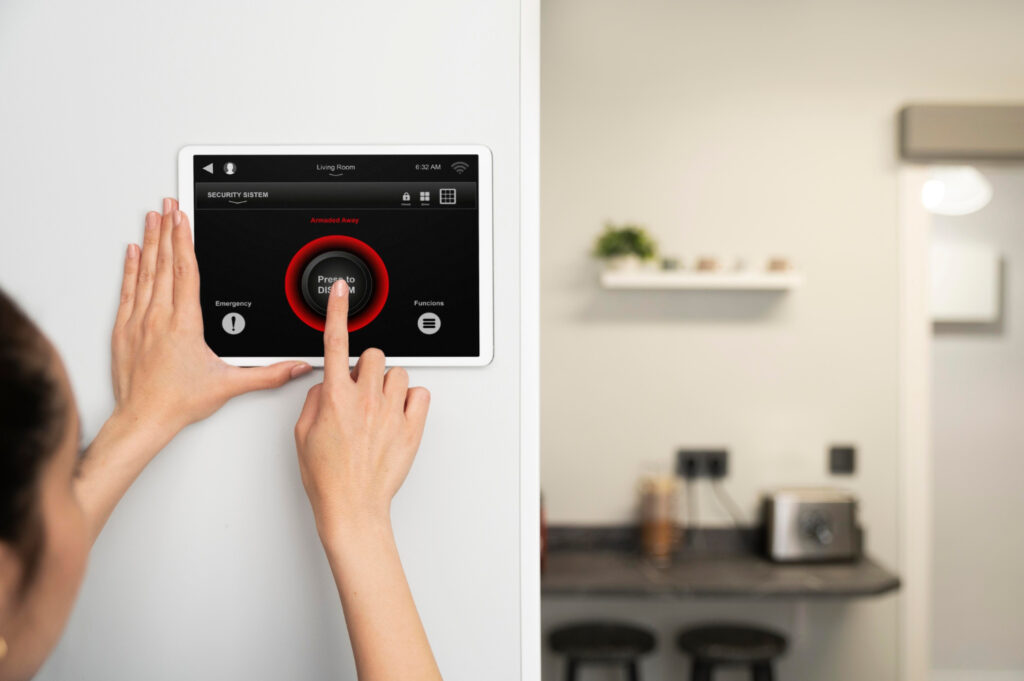
Fire and safety tips for the home — strengthening fire protection
6. Use fire extinguishers smartly
A fire extinguisher is only useful if it’s accessible, charged, and appropriate.
- Keep a rechargeable fire extinguisher in kitchen, garage, and near potential fire spots.
- Learn the PASS method: Pull, Aim, Squeeze, Sweep.
- Only tackle small fires—if the flames are past the early stage, evacuate and call for help.
- Check pressure gauge monthly.
When a grease fire got out of control once, the extinguisher was ready—but I hesitated. That taught me training matters. Practice, don’t freeze.
7. Install sprinklers and fire protection upgrades
For more robust defense, consider installing a home sprinkler system or fire-resistant materials in building. If local codes or finances allow this, it’s often worth it.
Also, clean chimneys annually. Soot and creosote build-up is a potential fire hazard in homes with fireplaces. Not cleaning is like leaving fuel in the engine and hoping for the best.
Fire and safety tips for the home — planning for emergencies
8. Create a personalized home emergency kit
When the smoke alarm sounds and the fire escalates, you want essentials ready.
Your emergency kit should have:
- Flashlight and extra batteries
- Basic first aid supplies
- Copies of important documents
- Bottled water, snacks
- Extra clothes, blanket
- Masks or cloths (to reduce smoke inhalation)
- A whistle or phone charger
I keep mine in a backpack at the exit point of my home. One night, a neighbor’s fire alarm started acting up and we sprinted out—my kit saved the day (or at least our comfort outside).
9. Family emergency communication and evacuation plan
A plan isn’t just exit routes—it’s how your household synchronizes in chaos.
- Choose a meeting point outside the residence (like a tree, mailbox, lamp post).
- Agree on who calls the local fire department and who ensures pets are out.
- Make sure every family member knows two ways out of each room.
- Conduct drills twice each year. Pretend it’s a fun game rather than dread.
Again, we practiced with my family, and I yelled “fire” randomly at midnight. They bolted out, whispered threats about therapy later—but better safe than sorry.
Fire and safety tips for the home — addressing broader risks
10. Beware of hidden fire hazards
Home fires don’t always start from dramatic sources. Sometimes hazards hide in plain sight.
- Check behind furniture—wiring, heaters, power plugs.
- Don’t store flammable liquids near exits or HVAC units.
- Be cautious during holidays with decorative lights (inspect bulbs, don’t overload outlets).
- In apartments, verify building’s fire safety and fire escape plan.
- In houses, keep vegetation away from siding; a spark outside can travel inside.
I once stored paint cans too close to the water heater. On a hot day, something triggered a small flame. Nothing big, but I learned: know your contents.
11. Learn fire safety education and stay informed
The more you know, the better your defenses.
- Study fire safety information from the national fire protection association (NFPA) or local fire shops.
- Teach kids what smoke alarms mean, what flame looks like, what to touch/back away from.
- Stay updated on applicable safety standards (local, national)—especially when buying appliances or building additions.
I swapped in a “smart stove” and was lazy about checking standards. New gadget smoked during first use. Turns out it lacked proper certification. Oops.
You might like these home life hacks:
1. When that wobbly chair or leaky tap drives you mad, check out Small Repair Hacks Every DIY Lover Should Know and save yourself a meltdown (and a bill).
2. Before you declare war on your messy shelves, dive into Pantry Organization Hacks That Actually Work—your snacks deserve better living conditions.
3. If your water bill looks scarier than a horror movie, it’s time to explore Smart Rainwater Harvesting Tips for Every Home and make the sky your new water supplier.
4. For those who love a good nap more than mowing, Lawn Care Shortcuts: Smart Tricks for Lazy Perfection is your official permission slip to stay on the porch.
5. Tired of decor that screams “college dorm”? Jump into Easy Home Decor Hacks That Actually Work and make your space look effortlessly put-together (even if you’re not).
Fire and safety tips for the home — recovering and preventing damage
12. How to minimize fire damage and respond well
If despite precautions, fire strikes:
- Evacuate immediately—don’t try to salvage stuff.
- Call the fire department as soon as you’re safe.
- Once cleared, inspect damage—smoke, soot, water are all issues.
- Document damage and notify your insurer.
- Clean and repair before living in the space again.
Real story: after a small electrical fire in a friend’s study, they returned too early. Smoke damage lingered, triggering health issues. Waiting and letting the pros restore made a huge difference.
13. Health and safety after a fire
Even small fires can cause issues.
- Smoke inhalation, soot, and carbon monoxide exposure are real.
- Ventilate the space thoroughly.
- Use protective gear when cleaning.
- Consider professional air purification.
- Monitor for respiratory symptoms.
Your safety is primary—not saving wall paint or curtains.
Final thoughts: keep it fun, keep it safe
You’ve probably counted “Fire and safety tips for the home” several times by now. Good. Repetition is your friend when it comes to remembering them in a crisis.
Here’s a quick checklist to keep top-of-mind:
- Install and test smoke and carbon monoxide alarms.
- Create and practice a fire escape (emergency evacuation) plan.
- Stay vigilant in cooking zones, use safe flame practices.
- Use and maintain fire extinguishers.
- Minimize hidden hazards (wiring, flammable materials).
- Have a personalized emergency kit and communication plan.
- Know local fire safety rules, NFPA guidance, and standards.
- Respond to fire damage properly—with safety first.
At the end of the day, Fire and safety tips for the home are more than rules—they’re habits. Habits that keep your walls in one piece, your loved ones safe, and your eyebrows un-singed.
When I moved into my first apartment, I treated these tips as optional “just-in-case” ideas. Then I nearly overwhelmed my kitchen with smoldering oil. That was my wake-up call. Now I look at fire prevention as part of home decor: stylish, essential, non-negotiable.
If you take away one thing: fire is fast, unpredictable, and unforgiving. But you can outsmart it with planning, awareness, and a little humor. Because yes, there’s something funny about yelling “fire” in socks in the dark—just don’t wait for the real crisis to practice.
Stay safe, stay alert, and may your home be full of light—just the metaphorical kind.












